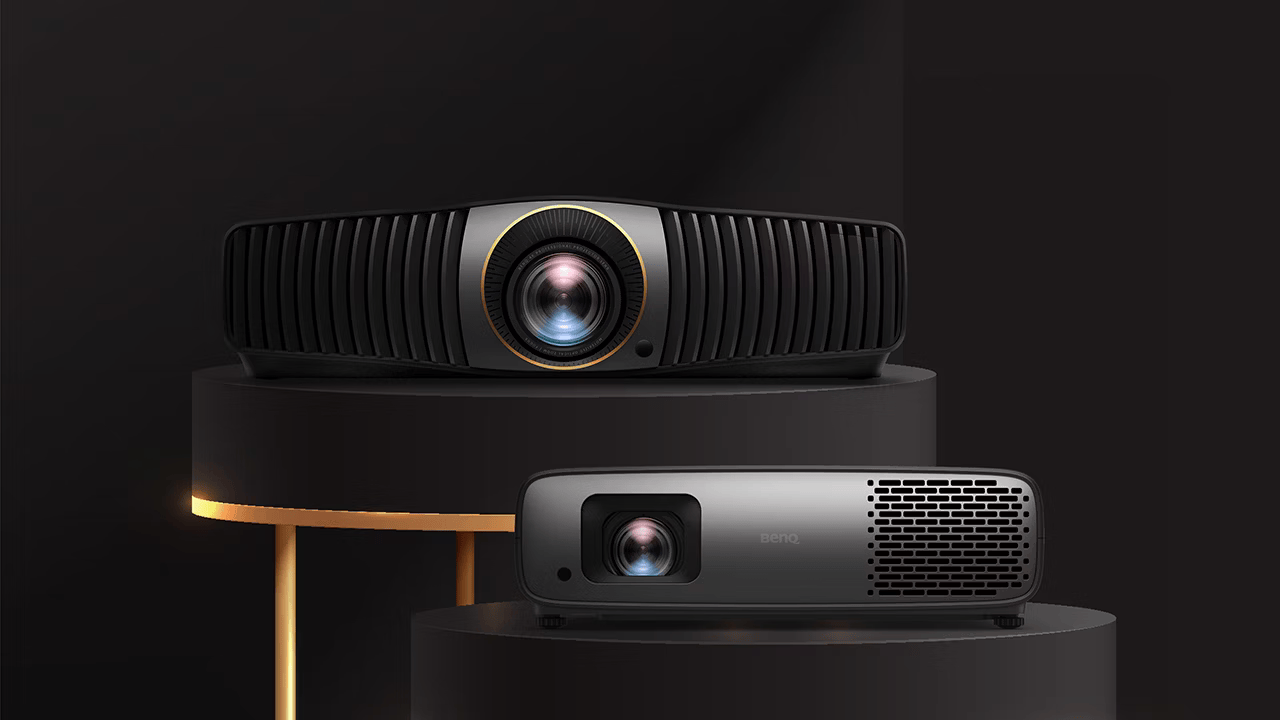4K streaming vs 4K Blu-ray vs Blu-ray – which is best?
The age of 4K is here, but does the convenience of streaming outweigh the quality of 4K Blu-ray? And where does regular Blu-ray fit into the equation?
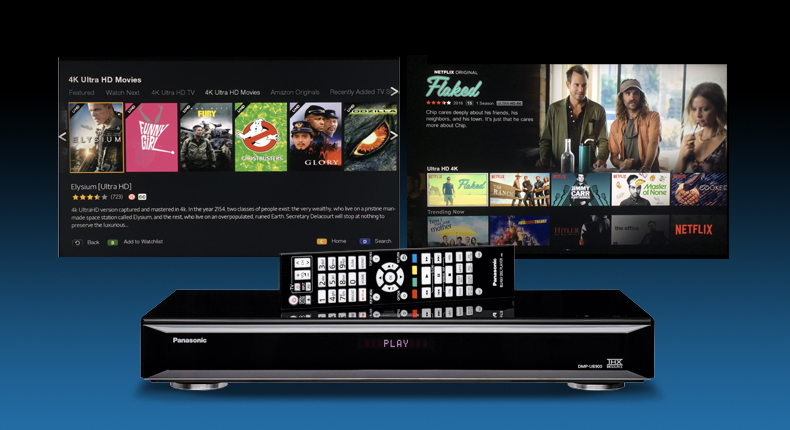
For anyone whose favourite place in the world is right in front of the TV, there has never been a better time. Video technology is better than ever, and the range of hardware and software choices on offer is staggering.
Despite this, we cannot completely banish the notion of compromise, the need to balance quality and convenience. So as we enter the age of 4K and Ultra HD, it’s only right to ask: which is better, discs or streaming services? Although ‘better’ here is in the eye of the remote holder, the question can’t be answered without considering the factors that determine our viewing habits.
We've compared one of the first Ultra HD Blu-ray discs, The Amazing Spider-Man 2, to the same film on 4K Amazon and on Blu-ray - while also throwing 4K Netflix versus Blu-ray into the mix for good measure - to see how the different sources stack up...
MORE: 4K Ultra HD TV: everything you need to know
4K versus: picture quality
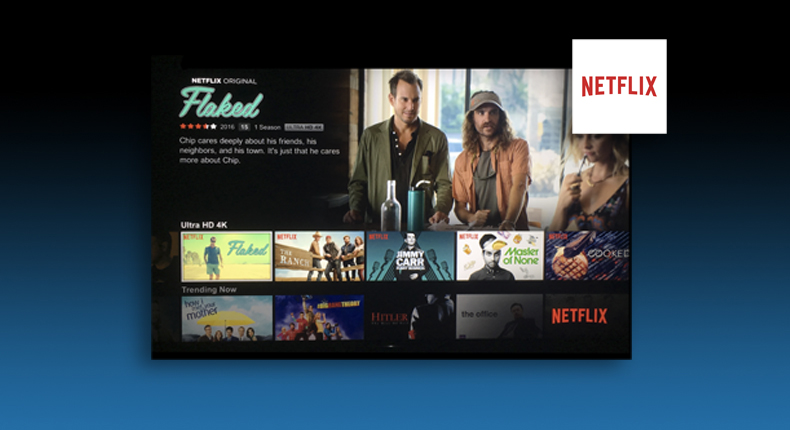
Let’s start with the big one: picture quality. Netflix brought 4K video to the mainstream in 2014, planting a flag in the ultra highly defined ground with the second season of House of Cards. Amazon Instant Video joined in and the two services cornered the 4K market.
4K streaming is very good. What you get is four times the pixels of a Full HD 1080p resolution – approximately 8.3m pixels. But how does it compare against BD and 4K BD? We watch The Amazing Spider-Man 2, one of the only titles available across all formats, on a Panasonic TX-65DX902B – at the time of writing the best 4K TV we’ve seen.
We begin streaming from Amazon Instant Video. It doesn’t start well – the Sony Columbia logo couldn’t be blurrier if we’d smeared Vaseline on the screen. But after a few seconds of buffering, the picture loads up to 1080p, and then 4K.
Get the What Hi-Fi? Newsletter
The latest hi-fi, home cinema and tech news, reviews, buying advice and deals, direct to your inbox.
It has remarkable sharpness and clarity. The usual markers, such as the definition and texture on hair, skin, clothing and buildings are all very impressive, especially for a large screen, and you can sit a lot closer than you could before with a 1080p TV.
But this is a streamed video, and it is subject to the usual streaming niggles: higher compression and low bitrates. Regardless of the picture resolution, it impacts on the picture’s overall subtlety. The faults are less apparent in bright, busy and fast-moving scenes, but darkness proves a challenge.
MORE: Netflix review
MORE: Panasonic TX-65DX902B review
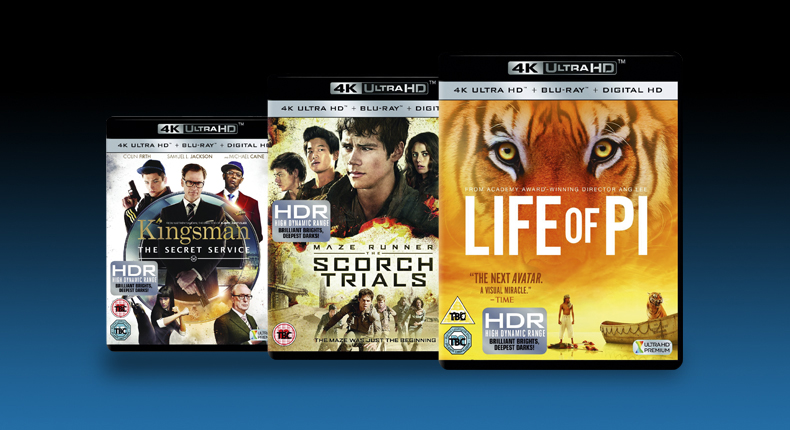
We compare a 4K stream with a 1080p Blu-ray. Shading, especially in the dark, is more nuanced on the Blu-ray. Colours are richer and more solid. You may not get the outright sharpness of a good 4K stream, but it is at maximum resolution the moment the video starts playing, and the latest 4K TVs do a good job of upscaling.
With 4K streaming and 1080p Blu-rays almost neck-and-neck: slightly greater resolution and sharpness of the streaming versus greater subtlety in colours and contrast on the Blu-ray, we look at 4K on disc. This is an entirely different matter. The video quality of a UHD Blu-ray (played on Panasonic's excellent DMP-UB900 Ultra HD Blu-ray player) is leaps and bounds over 4K streaming and regular Blu-ray.
The picture is crisp, with stunning clarity making the most of fine textures. Colours are vivid and subtly shaded, especially in dark scenes. That’s just with the standard dynamic range, a fairer fight against 4K streaming and Blu-ray. One of the best things about 4K BDs is high dynamic range (HDR) which ramps up contrast, brightness and colour range.
More colours makes for more realistic shading. Better contrast means a much harder visual kick. High peak brightness means greater increments at both ends of the light spectrum, which equals more detail in the lightest and darkest areas.
With HDR, the picture is gorgeous, and we reckon it is the future of home cinema. In conclusion: 4K streaming and 1080p Blu-rays have their own strengths and weaknesses, but both are easily beaten by the dynamism and subtlety witnessed on 4K Blu-ray.
Winner: 4K Blu-ray
MORE: Ultra HD Blu-ray: everything you need to know
MORE: Panasonic DMP-UB900 review
4K versus: sound quality
This is one area where streaming loses out rather badly. Most people watching video on streaming services will not be doing so with a surround sound system. So what you tend to get from streaming is compressed Dolby Digital Plus. A few titles offer that in 7.1, but mostly it’s a 5.1.
Compare that to the uncompressed Dolby TrueHD or DTS HD Master Audio you get on Blu-rays, typically in 5.1 but regularly in 7.1. The weight, scale, detail and dynamic range on disc is a lot more intense, making for a more cinematic experience. Audio quality between standard Blu-ray and 4K BD is hard to differentiate.
Then there’s Dolby Atmos, which makes your surround taller and more immersive, with eerily accurate effects placement. Netfix is confident that it won’t be doing that any time soon.
There aren’t many Atmos-compatible Blu-rays right now, but it is standard spec on all the UHD Blu-rays we’ve seen so far. And if you don’t have an Atmos setup, the disc defaults to Dolby TrueHD 7.1.
Winner: 4K Blu-ray
MORE: Dolby Atmos: What is it? How can you get it?
4K versus: content
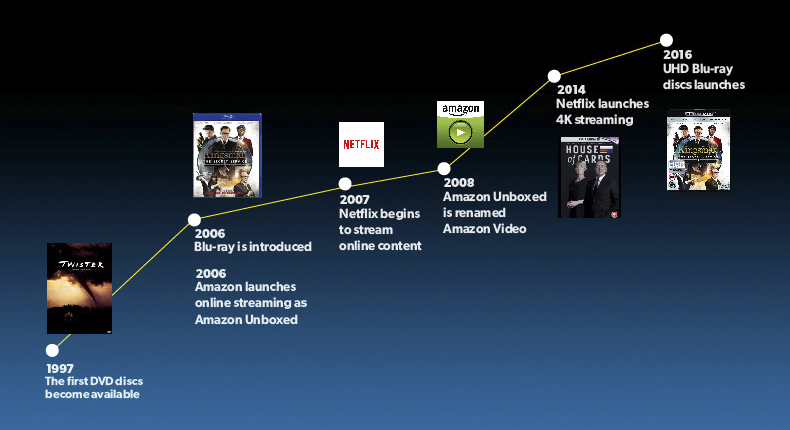
Many people are happy to sacrifice quality for convenience, and with streaming all about instant access, this is where it makes up ground. There are more titles than would fit on your shelf, all available at the touch of a button. Discs, meanwhile, are to be collected. It will be a while before you have a full shelf that offers much choice.
A streaming service is also cheaper than buying discs. For a flat fee each month (it’s currently £9.99 for 4K Netflix) you can watch as much as you want, while 4K discs are around £20 to £25 each. Then there’s the cost of the player; the first UHD Blu-ray player to enter our test rooms costs £600.
Then again, factor in the massive variable that is the internet. It is simply unrealistic to expect everybody to have the necessary streaming facilities any time soon. Netflix 4K requires a minimum of 15mbps, although ideally you’d want 25mbps. That’s hardly cheap. And then there’s the issue of bandwidth caps, set by internet providers.
What Hi-Fi? HQ has high-speed internet, which gives us all the 4K streaming we need. But even that isn’t immune to the odd glitch, at which point the experience drops and convenience becomes a frustrating unpredictability.
MORE: Full list of Ultra HD Blu-ray releases on sale
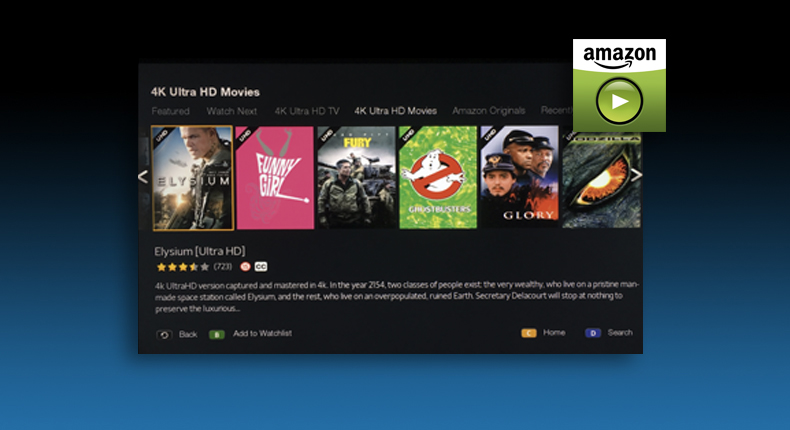
Ultra HD Blu-ray, meanwhile, provides a robust system that performs to a consistent standard, independent of external factors, whether that be a snow storm or how many people are online.
Then there’s the matter of ownership. Plenty of people take pride in building a collection. Doubly so if the discs come as special editions with steelbook cases, bonus content and directors’ cuts. It requires patience and dedication.
Contrast that with the cold reality of streaming. You don’t own anything; you are renting from a temporary collection of ‘vanilla’ editions, which disappears when a catalogue is updated, or when distribution rights expire.
There are no 4K films on Netflix at the moment. Amazon has them – at £20 a pop. That’s the same as a 4K Blu-ray. At least with them you’ll have something to show for it after a few years.
Nevertheless, for cost, covenience and quantity, streaming is winning the content battle for now...
Winner: 4K streaming
MORE: The first 4K Ultra HD Blu-ray discs are on sale in the UK
4K versus: verdict
In the end, of course, it's a real case of "horses for courses" - with 4K discs and 4K streaming services likely to have different audiences. Just as radio exists alongside CDs and vinyl, Netflix and Amazon can live alongside Ultra HD Blu-ray.
Streaming is all about convenience. You have a vast, ever replenishing choice, and you can access it instantly. No having to go to the shops or waiting a day before you get what you want to watch through the post. That said, for pure picture and sound performance, Full HD Blu-ray still drives the typical 4K streaming experience pretty close.
And we’re enthusiasts, and we do want the best picture and sound possible. That makes 4K Blu-ray something of a no brainer. Once you see a film like The Amazing Spider-Man 2 in its full 4K disc glory it’s hard to do without. So we wouldn’t. However, we love films too, and the sheer choice on offer from the streaming options makes that a proposition that’s extremely hard to turn down. The ideal solution? Go for both.
MORE: Best 4K TVs 2016
What Hi-Fi?, founded in 1976, is the world's leading independent guide to buying and owning hi-fi and home entertainment products. Our comprehensive tests help you buy the very best for your money, with our advice sections giving you step-by-step information on how to get even more from your music and movies. Everything is tested by our dedicated team of in-house reviewers in our custom-built test rooms in London, Reading and Bath. Our coveted five-star rating and Awards are recognised all over the world as the ultimate seal of approval, so you can buy with absolute confidence.

